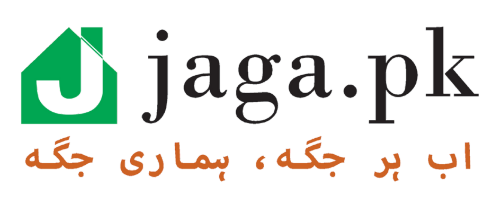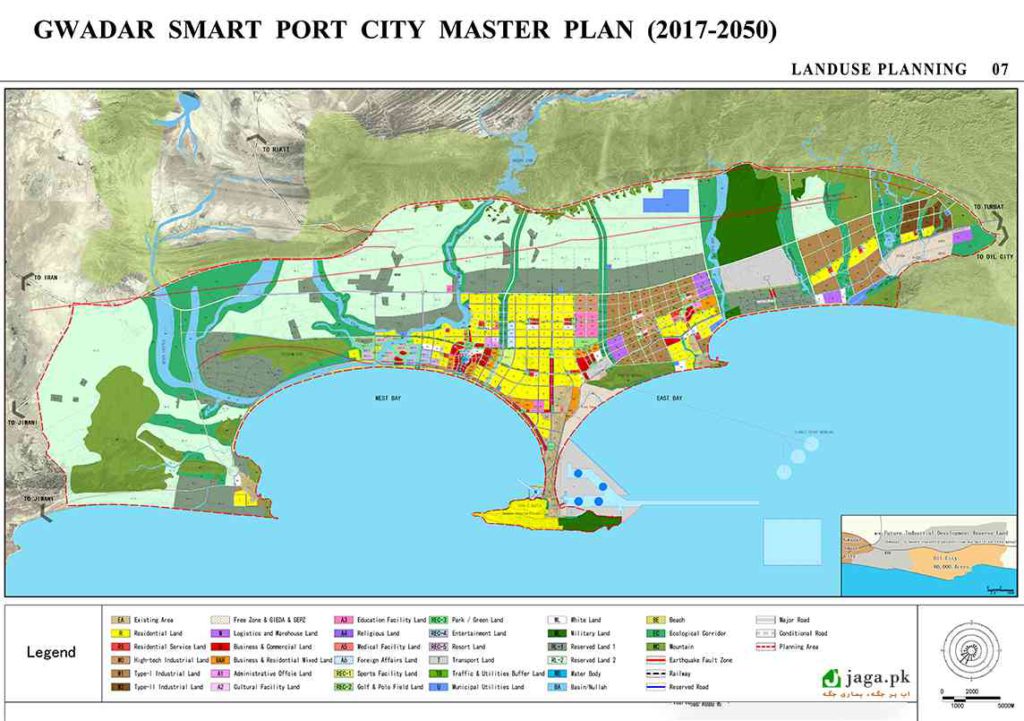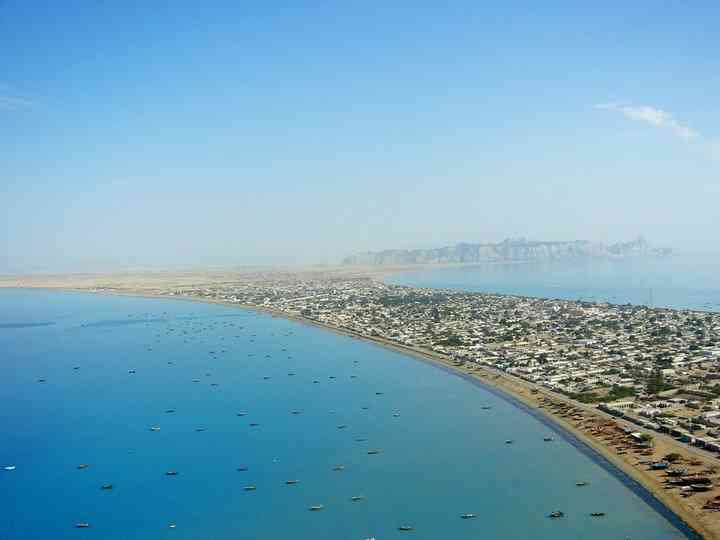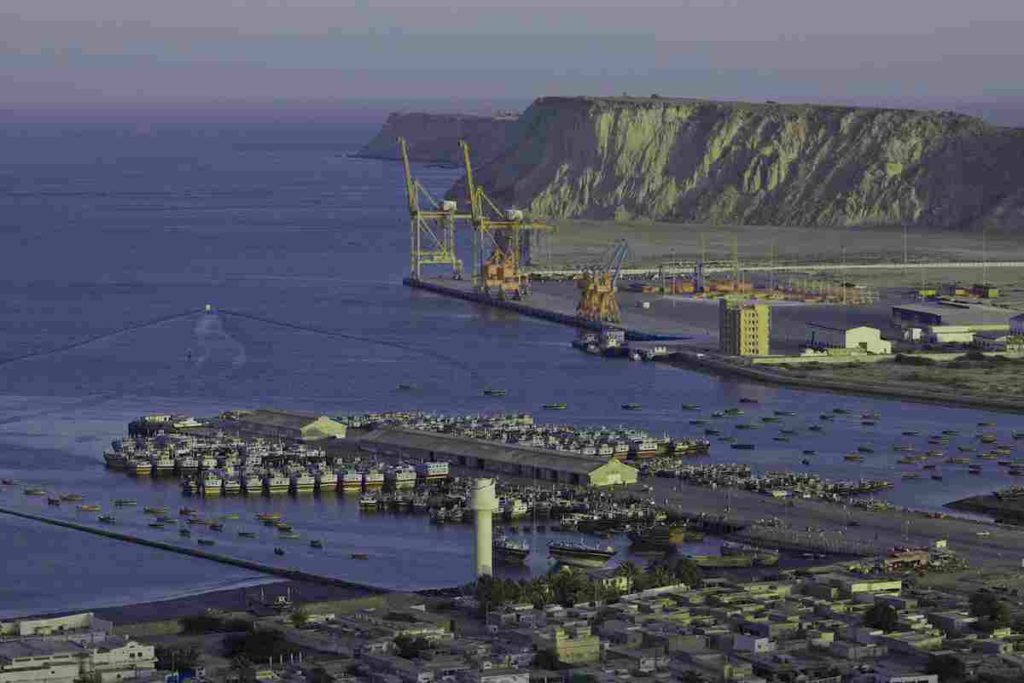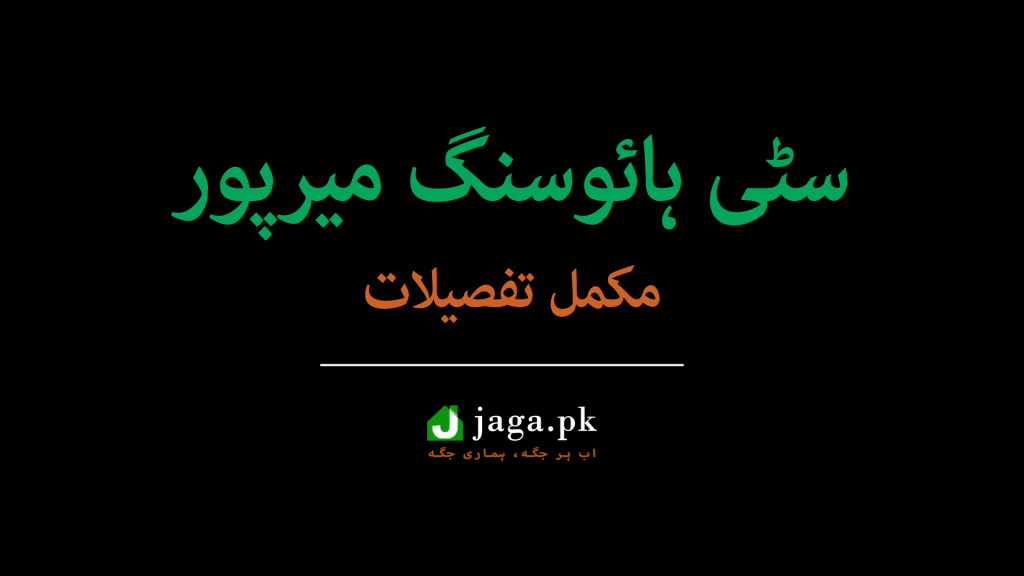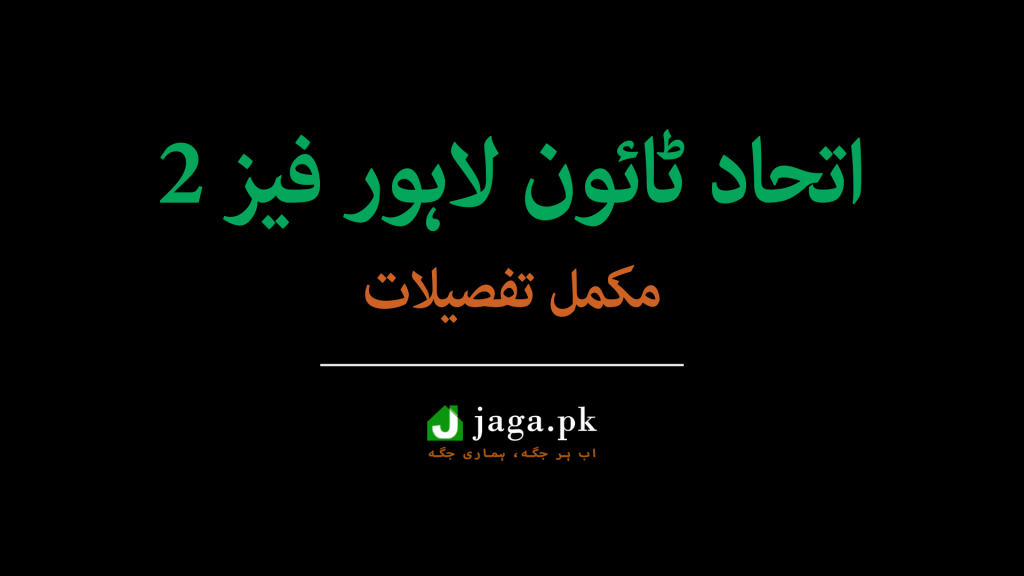Gwadar is a district along the sea in south Asia that was formerly part of the Makran District. Gwadar was notified as a District in July 1977. The coastline stretches 600 kilometers long and includes many islands, cliffs & arid desert terrain which forms most parts towards Arabia’s coastline where it borders with Kech/Awardan districts on North; Lasbela district across eastwards over here–to Iran’s west side.
The district of Gwadar is a 12,637 square kilometers area with a population of around 200,000 people. The subdivision includes the cities of Pasni and other smaller towns that are located near it on both sides (west & east).
Gwadar Master Plan:
Geological Features:
The Makran Coast is a beautiful and diverse coastline extending in an east-west direction. The elevation of the land ranges from about 1000 meters above sea level all along this stretch, but there are some areas that exceed 1250 meters due to their geological features.
In between this mountainous region are two different types of soil: alluvial dirt with its rich delta deposits at Dasht River Valley or rocks like Lithosols (wetlands) & Rigosols(dry forests).
The area is made up of three main types of rocks: Limestone, shale, and sandstone.
Rivers and Streams:
The most important rivers in this district are Shadi Kaur, Swar, and Dasht with their tributaries Nilag and Daddeh.
Gwadar Climate:
The weather in Gwadar is different from other parts of Balochistan because it’s located at an elevation, giving it a dry and hot climate. The temperature decreases as you go farther inland towards Quetta but there are still some areas near Sea Level where temperatures can reach above 100 degrees Fahrenheit during summer months due to oceanic air currents coming off the coastlines.
The Humidity level also varies between regions with higher humidity occurring closer toward Karachi.
The district of Gwadar receives about 100mm of rainfall during the year. The coldest time of year begins in November and continues through January, with the mercury only reaching about 40 degrees Fahrenheit.
In February, temperatures increase to around 50 degrees Fahrenheit. March marks the start of summer when temperatures begin climbing toward their highest points–reaching a scorching 120 degrees Fahrenheit during the month of June.
The monsoon season lasts from mid-June to September and brings an average of about 25mm of rain a day, mostly as thunderstorms with some gusty winds.
The rainfall levels remain high through October and part of November which is the last month that has any appreciable precipitation for the year.
Flora/Fauna:
The Makran Coastal desert has multiple habitats important to the survival of several animal species. A large quantity of these animals are migratory and therefore not available all year round for hunting purposes.
Sequential wetlands adjacent to seawater, high tidal range (up to 11 meters), coral reefs, coastal dunes, freshwater ponds, and lakes are the main habitats of animal life in the region.
Some species include Monitor lizard, Hawksbill turtle, Coral Trout (Ngawaal), Barracuda Bahar-Aseel (Reetha Smadi), Toothed Croaker (Makair pate), Golden Sponge Snail (Hinga Jahani), Spiny Lobster, Fiddler Crab (Soh-Mahi), Common Carp (Bagra), Mudskipper (Chhuto), Wolf Fish (Ghloom), Leopard Tortoise, Hawksbill Turtle, Olive Ridley Turtle.
Fish Species: Snapper fish–Northern (Naghla), Mangrove Crab (Mahlav), Crabs (Kurte), Croaker fish (Lakhbaz), Kingfish (Dokhni), Barracuda (Barracuda Bahar-e-seel), Toothed Croaker fish (Makair pate, Uran Mey), Kingfish (Dokhni), Golden Sponge Snail, Spiny lobster, Fiddler Crab, Mudskipper, Wolffish, Leopard tortoise, Hawksbill Turtle, Olive Ridley Turtle.
Sports & Recreation: The area offers the following sports options to visitors including camping and picnicking in designated areas.
Hotels in Gwadar:
the city has several Government-operated and private-sector hotels that provide visitors with the option of staying in either Western or Pakistani-style rooms.
There are luxury beach resorts like Cape View, Pearl Continental Hotel & Casino, Marriot Resort Gwadar, Avari Hotel, Sands Inn & Suites, PakOasis Beach Resort, Al-Nawab Hotel, and others.
Gwadar is also home to the Pearl Continental Hotel & Casino, which was completed in November 2007 by Turkish company Rifat Chadirji Hotels and Hospitality Co. The resort has 200 rooms and suites, a spa with a fitness club, an indoor pool, a discotheque, and many restaurants.

Gwadar is also known for the world-class fishing spots it offers. The area has become famous among anglers due to its high number of quality fish, which are easily accessible through small boats that can be booked at hotels.
There are also ‘Water Villas’, built on stilts over Gwadar Bay.
Markets in Gwadar:
As far as Shopping is concerned, there are a number of shopping destinations for visitors to explore including Bazar-e-Husaini, Makran Market, Abdullah Hussain Chowkwara, Abid Market in Gwadar town where you can find all types of handicrafts available in Pakistan. The main markets in the region are Abdullah Hussain Chowkwara, Makran Bazar, and Abid Market.
The main bazaars of the region including Makran Bazaar, Abdullah Hussain Chowkwara, and Abid Market sell a wide range of items that include leather goods, textiles, carpets, household goods, spices, handicrafts, karakuli shoes, embroidery, dry fruits, and crafts.
Makran Bazar (Sunday Market) is an important market for the people of Gwadar. Many foreigners visit the bazaar to buy handicrafts including leather goods, folk dresses made locally in the Makran region which is exported overseas.
The town is also considered a shopping destination for its wide range of handicrafts including baskets, mats, and bags made from date-palm leaves, copperware, embroidery work on cloth, and leather clothes.
The main bazaars are Abdullah Hussain Chowkwara, Makran Bazar, Abid Market. The first two are located in Gwadar city and the third one is about 23 kilometers from Gwadar.
Education in the city:
The Centre, a non-profit organization established in 1999, was founded by SDPI to address the educational needs of Pakistan’s coastal belt – an area that faces numerous challenges, including a lack of basic education infrastructure, poor literacy rates, and consequently low levels of employability.
The NGO has so far established 10 public schools, one girls-only high school, and eight primary schools in the area with an enrolment of over 3,000 students.
The overall literacy rate of Gwadar district is 25.47%
Security:
Gwadar is also home to the Pakistani Coast Guards which is under the control of Pakistan’s Ministry of Interior(MoI). The Coast Guard is responsible for patrolling and safeguarding Pakistan’s coastline borders. The force has been recently reprimanded by the Supreme Court of Pakistan because of its involvement in human trafficking, drug smuggling, and providing protection to Afghanistan-based criminals who smuggle goods into Pakistani cities.
The Force also conducts operations including counterinsurgency, anti-smuggling, and other law and order-related operations.
Tribes and Ethnicity:
The Gwadar area has been home to many different groups throughout history. In pre- partitions of Pakistan, there was a class system with the Hakims being at the top and lower stratum known as Gholams or Darzadas who they were considered within their society’s framework but these boundaries lost importance when Baloch Nationalism took routes through Makran into Bolivarian Revolutionaries creating new identities for themselves based on tribe rather than social status which includes Kalmatis, Mehdizais, Kaundais, Rais, Sangurs, Shehzadas, etc.
Food: Fish is a common food in coastal Balochistan. People prefer to eat it either boiled or dried, but some rich men will also kill their goats and sheep for the entertainment of guests on occasion. The variety of fish caught off these shores includes tunas, shrimps, and lobsters among others- all delicious.
Industry:
The Gwadar fisheries are the largest in Pakistan, generating a majority of what this district export. The industry has barely been touched by human hands because it doesn’t require much effort or cost to maintain it for tourism potential: just build some hotel buildings and put up signs at strategic points around town.
The manufacturing units also include ice factories; boat-makers’ workshops where fishing boats can be repaired before heading out into deep waters once more (fishing is big here), as well as furniture makers who need plenty of wood to produce their goods on-site since most trees grow near rivers.
Trade:
Gwadar is a fishing district where it’s not just about catching the big ones. The people here are passionate fishermen who know how to bring home their catches from all over Pakistan and beyond, with 40% going on boats bound for international markets like Sri Lanka, Hong Kong, China, and Korea.
Communication:
Gwadar is a district in the south of Pakistan that was once, but no longer remains isolated from other parts. The people who live there have access to air travel as well as roadways for connecting them with destinations all over Asia through flights or buses running regularly between town’s airports and railway stations
The most famous coastal highway stretches out just 650 kilometers along this part – it connects Gwadar with wonderful beaches alongside some exciting cities like Karachi. And finally, if you won’t get your hands dirty building stuff too then I’m pleased to share the newest project: 515 Kilometers long railway track will connect Gwadar with the existing railway network more securely than ever before so visitors can come straightaway without having first gone round trip making.
The people of Pakistan are faced with many challenges, but one that stands out is how they communicate. Airports in Gwadar and Karachi play an important role as means for communication through air voyage; there’s also two flights every day from Karachi TO Gwadar (the capital city) AND returns which leaves some passengers stranded at either end if not booked beforehand.
Even worse than this inconvenience though? The lack of gas pipeline supply means LPG must be used instead… But don’t worry – these tanks can sell you cylinders containing 10kg each so bring back plenty because once empty it’ll take about 3 weeks.
Gwadar port?
Gwadar Port is a warm-water, deep-sea port situated on the Arabian Sea at Gwadar in the Balochistan province of Pakistan. It is located at the mouth of the Persian Gulf, approximately 60 kilometers west of Iran. The port gives access to major cities in the Middle East, such as Dubai and Bandar Abbas. It will provide a secure and shortest link between oil reserves of the Persian Gulf and the economic markets of China, Central Asia Economic Cooperation (CACE), and South Asia.
The harbor was developed with Chinese financial assistance. On November 13, 2007, it was announced by Pakistani President Pervez Musharraf that his country’s side of the port would be operated by Singapore Port Authority (SPA) for 40 years, and that SPA would build a free-trade zone on 1,250 hectares of land.
Gwadar is very close to the Strait of Hormuz, where roughly 40% of the world’s oil supply passes. Pakistan hopes to gain a large share of international trade through the port due to its proximity to South and Central Asia.
The development of the port was started in 2002 by then-Prime Minister Shaukat Aziz, who inaugurated Phase I of the Gwadar Port on 23 January 2007. It has also been dubbed as Pakistan’s “Golden Gate” while many in Pakistan are of the opinion that it will be more beneficial for India rather than for Pakistan.
When completed, Gwadar Port is expected to handle annual cargo traffic of 300 million tons and would also give landlocked central Asian republics access to the Arabian Sea. It would also help to expand maritime trade between China, East Africa, Persian Gulf states, and European countries.
Gwadar Port will be used to ship crude oil from Kazakhstan to China via Pakistan. This would compete with the Chinese-owned Pakistani ports of Karachi (the main seaport in Pakistan), which is much further south than Gwadar (more than 1000 kilometers). The total length of road and rail links between Gwadar and China will be 800 km long.
The port would provide Pakistan with a strategic, alternate supply route to the Strait of Hormuz, which is controlled by Iran. The project has shifted approximately $100 million worth of trade from Karachi to the new seaport at Gwadar.
An oil refinery will be built at Gwadar. A pipeline from Gwadar to Nawabshah will also be laid as part of the project. This would supply oil from Karachi to Balochistan, where a refinery is located in the city of Rahim Yar Khan.
GDA – Gwadar Development Authority
Gwadar is a beautiful city that has been developing at an impressive rate. In 2003, the Gwada Development Authority was established to implement and complete Master Plan for this area which included all land uses as well as internal road networks among other things like zoning regulations in order to prevent any future issues with development or planning techniques needed here so far after its establishment many key aspects were finalized including visioning what can be built upon based off these plans.
The department is a regulatory body that works to ensure land use in Gwadar Tehsil. It also monitors public services, facilities, and infrastructure as well as monitoring plans put into practice by engineering teams on projects both private or municipal ones; making this city more environmentally friendly while still growing at an appropriate rate for economic development.
The Chief Minister of Balochistan is the Chairman of the Governing Body of the GDA.
Duties of the department:
The Gwadar Development Authority is committed to making this city modern and one of the best. They have been working hard so that people can enjoy their lives here just like other cities do, but there’s no land owned by the government which makes them a regulatory body instead of an administrative organization with limited authority in providing objects for public use or any type projects without fully examining required documents first; however, they still monitor schemes/projects regularly until completion while also providing free essentials such as electricity among others through subsidies.
Investment Oppotunities in Gwadar
Port is a major national development project that will bring many benefits for the people of Gwadar, Punjab province, and adjoining districts. The investors from all over Pakistan have been warmly welcomed to invest in this important initiative by the government of Pakistan with excellent opportunities promised including job creation as well improved social services delivery systems like hospitals, schools, etc., which can be used after completion (of construction).
Major Projects for Investment:
The establishment of shipping agencies, Good’s transportation services, and proposals to start ferrying between Gwadar, Karachi, and the Gulf States are some examples in this list. There is also a huge range of investment opportunities including large-scale residential schemes all sorts of industrial projects & big hotels that can benefit investors greatly with their return on investment due to the high growth rate as well as the low risk involved.
Establishment of freezing and packing facilities, wireless cab system can be established; investment in water desalination plants (especially if combined with a new drought-tolerant strain); electric power generation which would help increase productivity by making use establishment or construction of hydroelectric plants possible.
Finally, there are oil terminal expansion plans as well as ware-housing/ container yards that will accommodate increased exports from these countries’ industries due to an expanding economy because they have enough resources now.
Medium Projects for Investment:
As most of the people in this area are serving abroad in the military or police, they can be hired by private security agencies to work on retirement.
The establishment for these medium size projects will include restaurants; playlands which host children’s activities like football matches every day after school time; boat services such as water sports etcetera.
There is also room available at local markets where locals buy their daily needs including groceries from large grocery stores located outside cities & towns under normal circumstances but when tourists arrive with plenty of money then it might become necessary that those shops come into existence so consumers don’t need to go too far away.
Gwadar District is located beside the Arabian Sea. It has a freshwater reservoir, which means that private investors could establish poultry farms or dairy businesses there with ease and within Gwadar’s borders too.
The district also has potential as a maritime province with opportunities that include fishing trawlers or trucking firms hiring office space to accommodate their clients while they’re here on business trips.
There are several other industries that can be established including construction material suppliers like cement manufacturers offering an array of goods such as food items too.
Private investors can invest in medium size projects such as renewable energy, LPG plants, etc. These types of investments offer great returns for your money and there is potential to make more profits through them if the price goes up or down significantly from its initial level due to market forces beyond their control (economic fluctuations).
Small Projects for Investment:
Small scale projects like small shops, restaurants, and coffee & ice cream joints can be started by an individual or a company to fulfill their need for business. These are some of the ideas that come into mind when one thinks about starting such as law firms/chambers; private medical clinics; architects’ offices- town planners workforce campsites, etc.
Innovative entrepreneurs will find many avenues in which they might stimulate economic activity with relative ease – from managing fish farms to warehouses.
